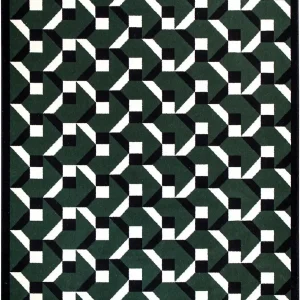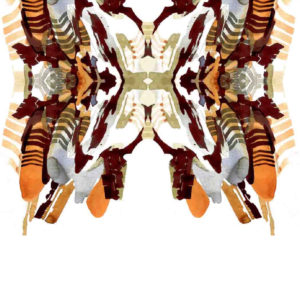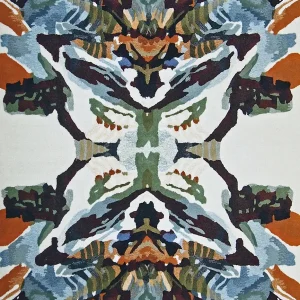eroica
by Bruno Fael
HAUTE COUTURE
MATERIALS Wool
TECHNIQUE Hand tufted
SIZE 180×250 cm
PRICE*
* Price incl. VAT includes : Packaging of the product and home delivery regardless of your country of residence.
PRICE:PLEASE CONTACT US WITH YOUR REQUIREMENTS
Available on backorder
Description
wool
Wool is an animal fibre, most often derived from sheep fleece. Wool was already being spun as early as 5,000 BC. In Roman times, wool, leather and linen were the main materials used to make clothes. With the progressive development of mechanical processes and the evolution of breeding techniques, wool became the economic lung of several countries in the Xth century, and again in the XIIth. Renowned for its thermal and sound insulation properties, wool also offers the advantage of absorbing moisture. It is a noble and timeless material, used from time immemorial for its strength and durability. PINTON uses local wool with shorter carded fibres, which make it fluffier and give it more volume, or a specific type of wool from New-Zealand with long combed fibres that are more resistant to heavy traffic. Both types of wool are spun (carded or combed) and dyed in the spinning plant located in Felletin. Whether they are made in 100% pure virgin wool or blended with other materials like linen, silk, bamboo, leather or many others, PINTON wool rugs and carpets bring comfort and quality.
Bruno
Fael
Bruno Fael was an Italian painter born in 1935 in the Frioul area, who died in 2015 in Milan. He grew up in a family of culture enthusiasts who encouraged him to assert from a very young age that he would be a painter. For him, colours are like musical notes in the chromatic scale of his soul: Bruno Fael sees everything in music. In the 1950s, he enrolled in the Navy school where he graduated in mechanics and became an officer. He was then deployed on the Garibaldi, on board of which he spent 4 years, always painting. His early art consisted in figurative paintings but in the 1970s, after opening his own workshop in Milan, he expanded into abstraction, striving to turn his art from figurative to a more musical expression… In the 1990s, enigmatic figures began to haunt his paintings, in a kind of symbolism linking the dreams of the artist to a collective imagination born off myths and legends.
PINTON published two rugs transcribing original paintings by Bruno Fael. Their contrasting colours and sinuous patterns bring to mind the vivid imagination of this artist who liked to say that he painted as he lived, that he laid his experiences on the canvas… These rugs were first shown in the Salone Internazionale del Mobile in Milan in 2019.
hand tufted
The hand tufting technique is a process combining centuries-old skills and modern weaving tools. The canvas is perfectly stretched over an upright loom and the craftsperson transfers by hand the future design of the rug with the utmost precision. Threads are inserted manually, one by one, working with a gun on the back of the canvas, following the colours, the drawing and the different tuft heights. PINTON was one of the first manufactories to use the gun tufting technique to produce some of its rugs and carpets and is the only French workshop offering very high quality tufted rugs. With this technique, production times are reduced compared to the knotted stitch weave or point noué. Finally, hand tufting offers a large range of possible depths. Carving is the technique that consists in sculpting the wool and creating textures within the woven rug. Since the early 1990s, PINTON has been specialising in the production of hand tufted rugs for which it also collaborates with famous designers and artists.











